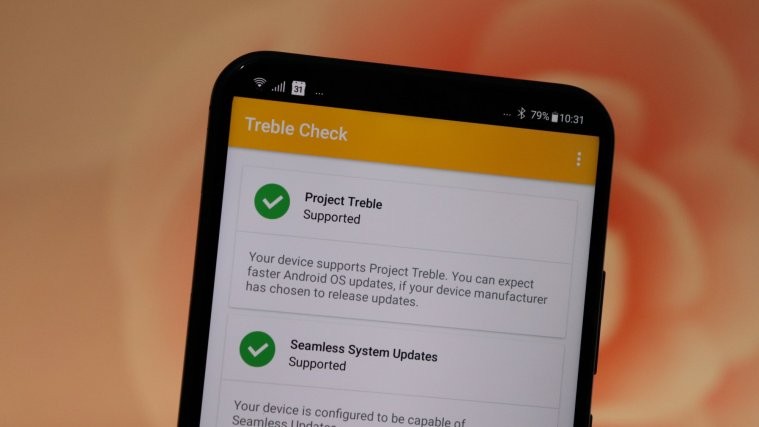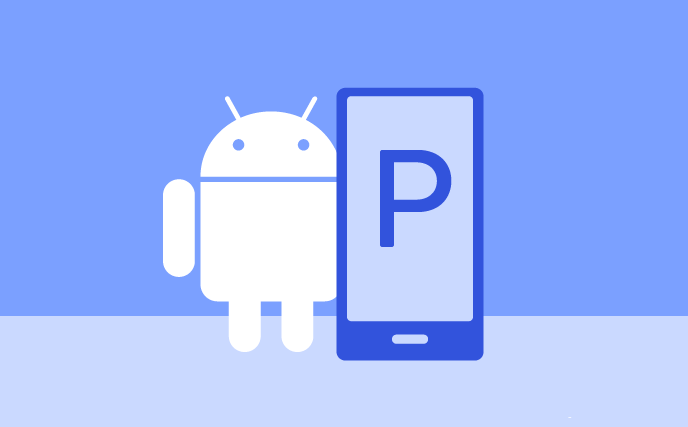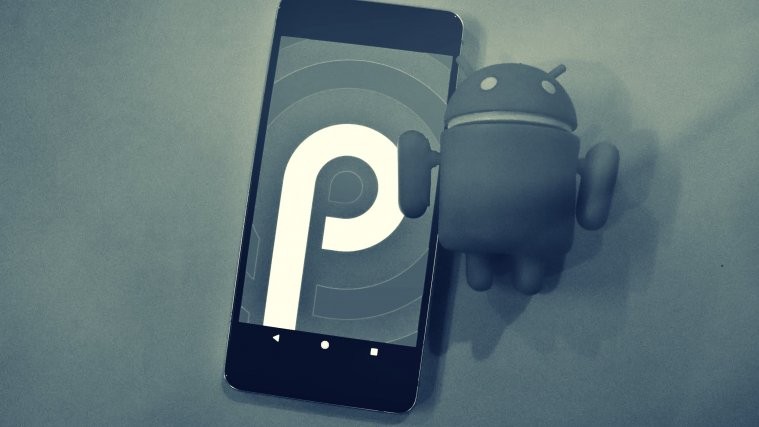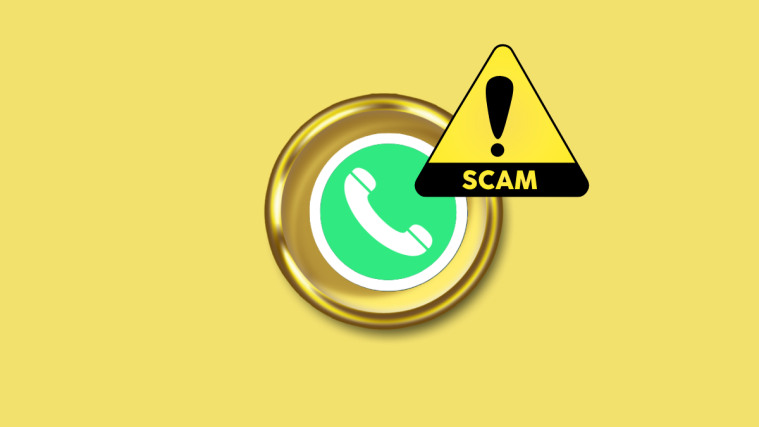From the days of its inception under the Google brand back in 2007 to a decade of improvements later- Android OS has come a long way. We’ve gone from using mobile devices that could do a little more than calling and texting to smartphones that are capable of doubling up as computers at the fraction of the size.
With each iteration of the Android OS, Google has brought in a wave of improvements, advancements, and new features. One of the biggest issues that Android devices deal with is software updates, with a serious issue of fragmentation, along with the problem of just the regular updates.
However, Google changed all of this with the release of Android 7.0 Nougat, which brought along the ability to use Android Seamless Updates.
What are Android Seamless Updates?
Generally, the way Android OS updates, even the regulatory ones have worked up until now, has been quite backward. You get a notification for the new update, which then asks you to connect to a wireless network to manually download the update, after which, you need to go ahead and install it.
All of this involves the system booting into recovery mode to flash the new software update and then a relatively long booting cycle to make sure everything is working fine. However, Seamless Updates changes all of this by stepping up the ability of Android devices to install updates without having to go through this entire cycle.
On supported devices that have two data partitions (which is essential for Seamless Updates to work), you would be able to install the latest software update from your OEM without having to boot into recovery. All of the compiling and processing of files and data will happen in the background, just as it does when you update a Chromebook.
What devices are supported by Seamless Updates?
Google has been introducing features such as Seamless Updates and the revered Project Treble to solve the issue of software fragmentation on Android. While Project Treble support has been made mandatory for all devices released with Android 8.0 Oreo, there is no such requirement for Seamless Updates yet, which is why the list is limited to the following smartphones.
- Essential Phone
- HTC U11 Life Android One
- HTC U12+
- Google Pixel and Pixel 2
- LG G7 ThinQ
- Motorola Moto G6, G6 Plus, and G6 Play
- Motorola Moto X4
- Motorola Moto Z2 Force
- Nokia 6 (2018)
- Nokia 7
- Nokia 7 Plus
- Nokia 8
- Nokia 8 Sirocco
- OnePlus 6
- Razer Phone
- Sharp Aquos S2
- Sony Xperia XZ2
- Sony Xperia XZ2 Compact
- Sony Xperia XA2
- Sony Xperia XA2 Ultra
- Xiaomi Black Shark
- Xiaomi Mi A1
Note: We will update this list with newer devices as they come.
Does Project Treble support mean I will get updates directly from Google? Hell, no!
How to check for Seamless Updates support (Project Treble)?
Since there are literally dozens of Android OEMs and thousands of Android devices out there, the list above simply cannot be enough to find out if your device supports Seamless Updates or not.
Thanks to a nifty app called Treble Check, you don’t have to look any further. While the app is designed to help you find out if your Android device supports Project Treble, it does the job of finding out support for Seamless Updates as well.
- Download and install the Treble Check app from the Play Store on your Android device.
- Launch the app.
- And there you have it. The app will tell you right away whether the device supports seamless updates (A/B partition) or not (only-A partition).
Which Android device are you sporting and does it support Seamless Updates with A/B partition?







